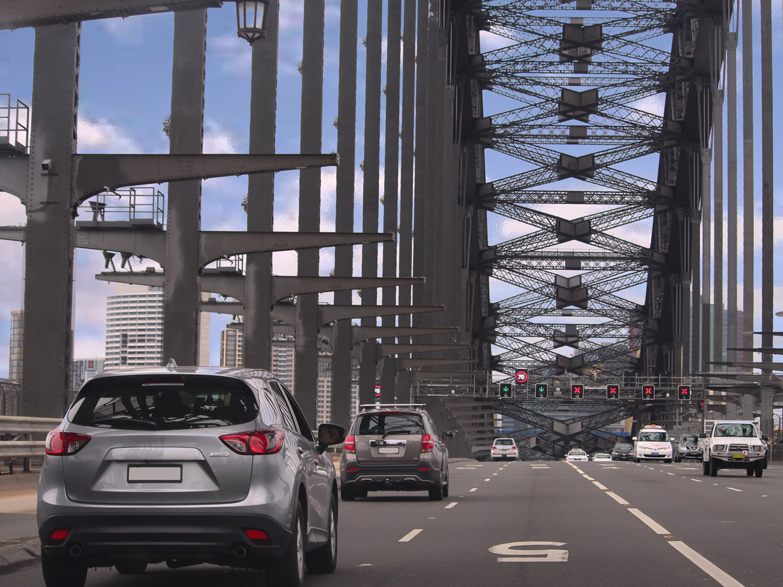If you have been injured in a transport accident on Victorian roads or in a Victoria registered vehicle, you can access income support payments and medical and like expenses under the TAC scheme. If your injuries result in a long term impairment or disability, you can also make a claim for a once-off lump sum impairment benefit.
In addition to the above, if your injuries continue to negatively impact your quality of life (e.g. your ability to perform your activities of daily living such as self-care and exercise has noticeably reduced) and your ability return to work and earn an income, you may be eligible to make a claim for common law damages. The term ‘common law damages’ refers to compensation for your pain and suffering and economic loss (past and future).
To be eligible to make a claim for common law damages, you must be able to establish the following:
- Serious injury: You suffered a serious injury as a result of the transport accident; and
- Negligence: Someone else has caused or significantly contributed to the accident. For example, the other driver ran a red light and failed to take reasonable care to avoid causing injury or loss to you.
Can I still make a claim for common law damages if I was also negligent and contributed to the accident?
The short answer is yes. The TAC can rely on the ‘contributory negligence’ defence to reduce the amount of compensation they need to pay you. If the TAC is successful in showing that you failed to take reasonable care for your own safety i.e. contributed to the negligence, the compensation you receive can be reduced by the percentage you contributed to the accident. A close look at each party’s conduct and responsibility leading up to the accident will help determine the percentage each party contributed to the accident.
Here are some examples of contributory negligence in a transport accident setting:
You were the driver and:
- failed to obey the traffic lights or signs such as the Give Way or Stop sign
- were under the influence of drugs, alcohol or medications which impacted your ability to drive safely
- drove recklessly or carelessly e.g. you were speeding or failed to keep a proper look out
- failed to wear a seat belt.
You were a pedestrian and:
- put yourself in harm’s way e.g. stepped in front of a moving vehicle
- failed to use the pedestrian crossing or obey the intersection lights
- failed to keep a proper look out e.g. did not check both directions for oncoming traffic before crossing the road.
You were a passenger in a vehicle and:
- got into the vehicle knowing the driver was unlicensed
- got into the vehicle knowing the driver was under the influence of alcohol, drugs or medication which was likely to impact their ability to drive safely
- failed to wear a seatbelt
- exited the vehicle whilst it was still moving.
How much can contributory negligence reduce my compensation?
The circumstances of an accident can considerably impact the compensation you receive and in some cases, can result in you receiving no compensation at all. To help demonstrate the importance of these circumstances, we have summarised a recent Court of Appeal decision Simmonds-Thatcher v Kamari [2021].
The case of Simmonds-Thatcher v Kamari
In this case, Ms Kamari exited a maxi taxi on the passenger’s side and stepped onto the nature strip. She then continued to walk around the back of the taxi with the intention of crossing the road. Ms Kamari gave evidence that she looked to the right but not to her left before crossing the road. She had taken a few steps onto the road before being struck by the driver coming from her left. The driver gave evidence that he saw Ms Kamari briefly when she first got out of the taxi but not after that.
In the initial trial in 2020, the trial Judge found that Ms Kamari suffered injuries as a result of both her own negligence as a pedestrian and the negligence of the driver. As the driver had sighted Ms Kamari prior to the point of collision, the trial Judge formed the view that the driver owed a duty of care to travel at an appropriate speed which would have allowed the driver to avoid the collision. The Judge found that the driver had breached their duty of care and was 25% responsible, and that Ms Kamari’s own negligence and contribution to the accident was 75%. The TAC appealed the judgment to the Court of Appeal (COA).
The COA found that the initial Judge was wrong to say that the driver had breached their duty of care. The COA said that drivers are not required to anticipate in any and all circumstances that a pedestrian might suddenly cross onto the road. The COA was not satisfied that the collision could have been avoided even if the driver had slowed down anticipating that Ms Kamari may suddenly cross the road. The COA concluded that as an adult, Ms Kamari should have behaved rationally and not put herself at risk (i.e. check for oncoming traffic before she crossed the road) and was wholly responsible for the accident. As a result, Ms Kamari did not receive any common law compensation for her accident injuries.
If you have been in a road accident or would like additional information, contact Redlich’s Work Injury Lawyers for a free consultation to discuss your rights and entitlements on (03) 9321 9988.


